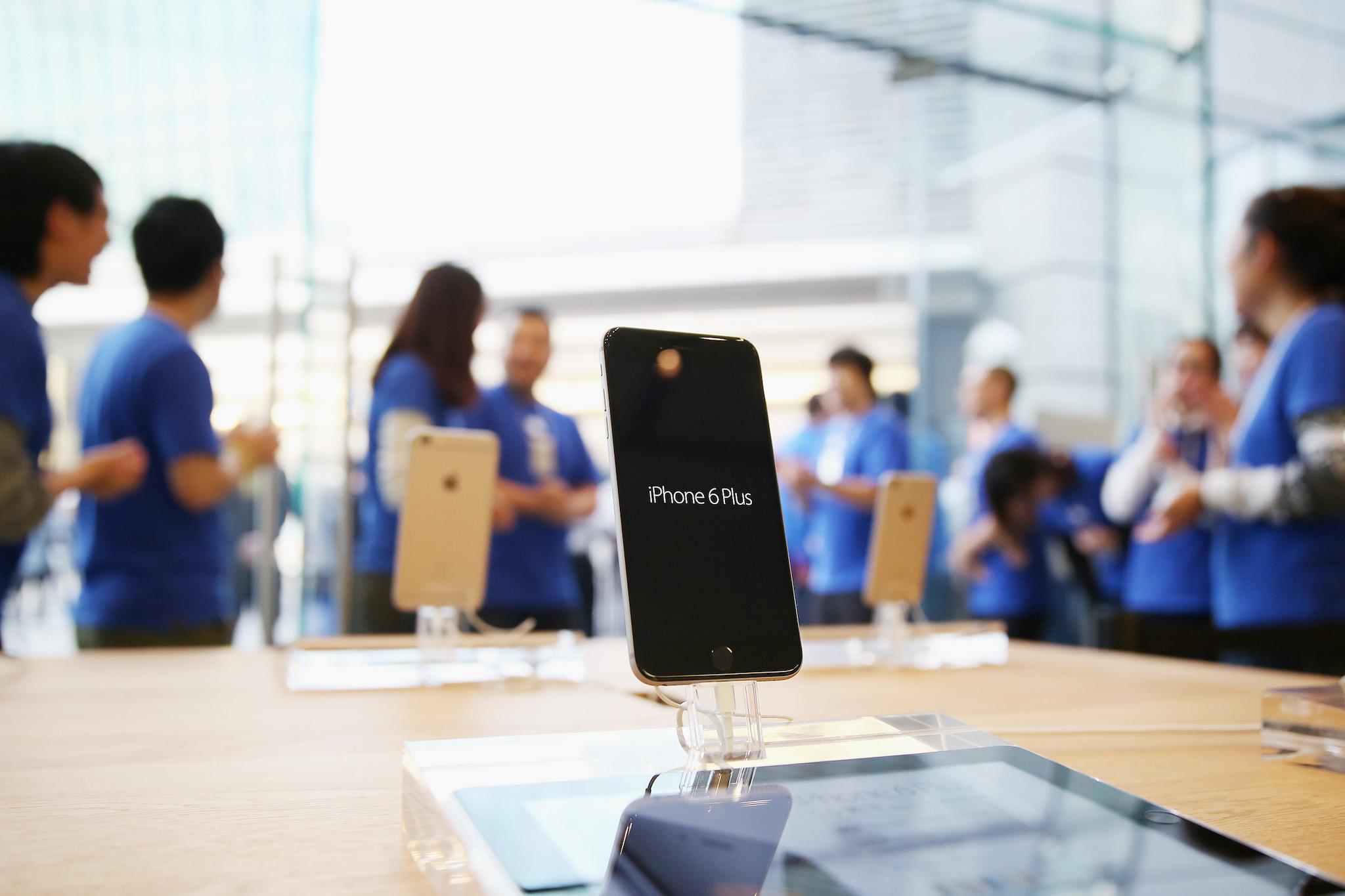iPhone 6 Plus suffers from ‘touch disease’, rendering phones useless, according to repair specialists
A design flaw in the handsets can lead the screens to stop responding and there is no way of resurrecting them, iFixit claims

A design flaw in the iPhone 6 can lead the screen to stop working entirely, according to repair experts.
The issue – dubbed “touch disease” by the team that found it – appears to stem from two chips that can come detached over time. Once that happens, the iPhone’s screen can start flickering and not register touch, essentially making the phone entirely useless.
The issue was first identified by iFixit, a repair specialist. They published a lengthy report into the problem, claiming that it had now become the most common issue with the iPhone and that Apple hadn’t done enough to fix it.
In pictures: iPhone 6s goes on sale
Show all 10But it isn’t actually clear how common the problem is.
iFixit said that “every repair tech we spoke to told us that the problem is incredibly common”.
But experts said that there hadn’t been any genuine attempt to work out how many of the iPhones seem to be hit by the problem. There is some indication that the Plus size handsets are more likely to have problems, but otherwise no sense of whether the issue is large-scale or relatively specific.
"Every repair tech we spoke to told us that the problem is incredibly common," iFixit said.
The issue initially presents itself by just making the screen slightly unresponsive, a problem that might be fixed by turning the phone off and on again. But as the component between the two chips cracks apart even more, the phone will stop working entirely, iFixit claims.
It can sometimes be fixed by pressing hard on the screen to lead the chips – which sense when the screen has been touched – to come back into contact. But when the problem gets worse that fix seems to stop working, the specialists suggested.
Newer iPhone 6s and 6s Plus phones don’t appear to be hit by the problem, despite resembling the phones that went on sale a year before. The newer phones appear to use a different component to connect the two chips.
Apple hasn’t yet commented on the issue. The company allows everyone to return iPhones within their first year to the Apple Store for repairs – and customers can buy another year of coverage with AppleCare.
Subscribe to Independent Premium to bookmark this article
Want to bookmark your favourite articles and stories to read or reference later? Start your Independent Premium subscription today.

Join our commenting forum
Join thought-provoking conversations, follow other Independent readers and see their replies